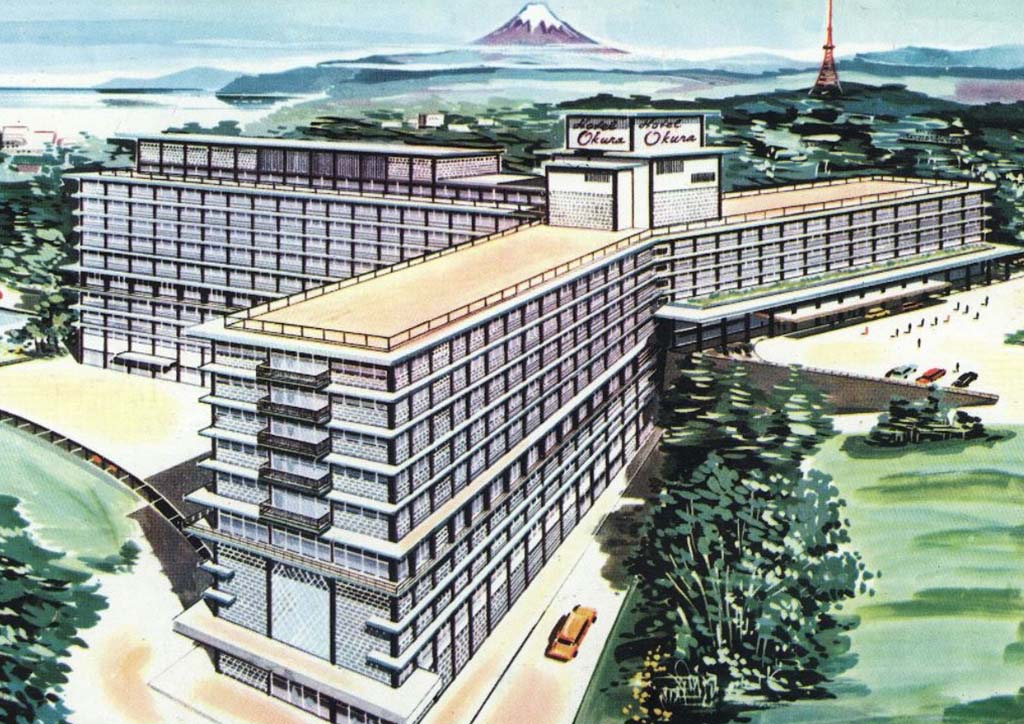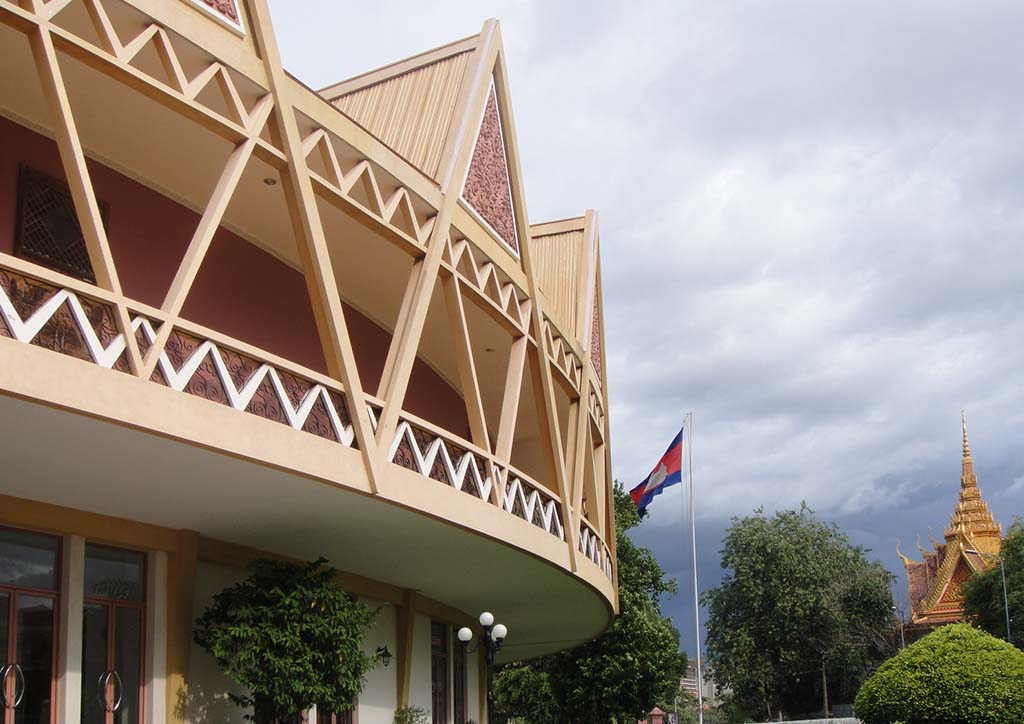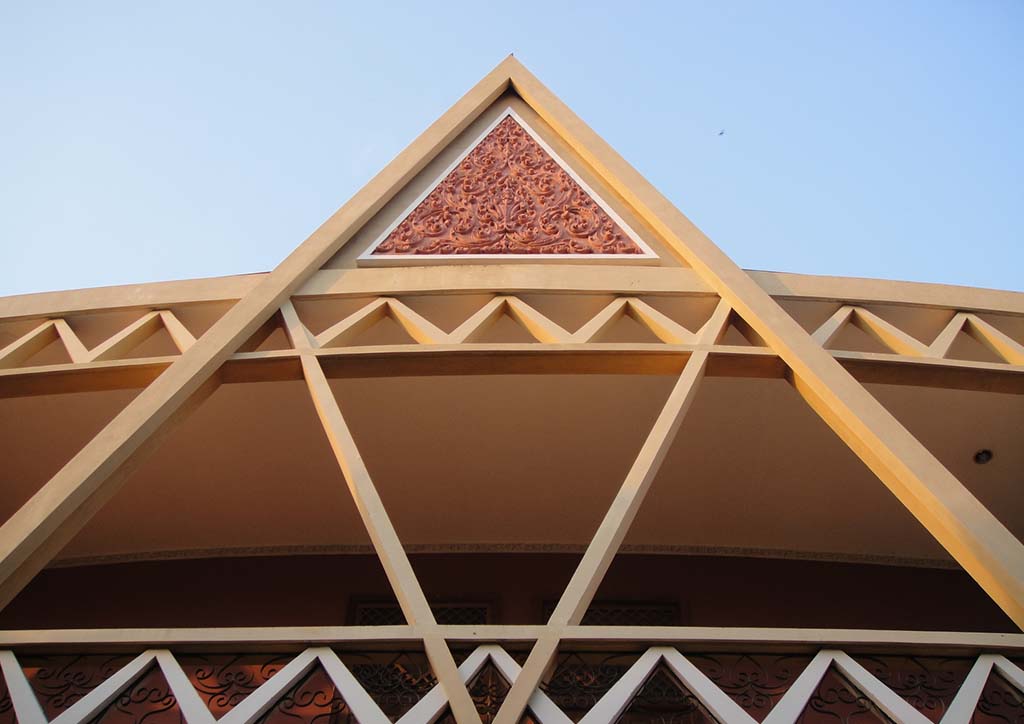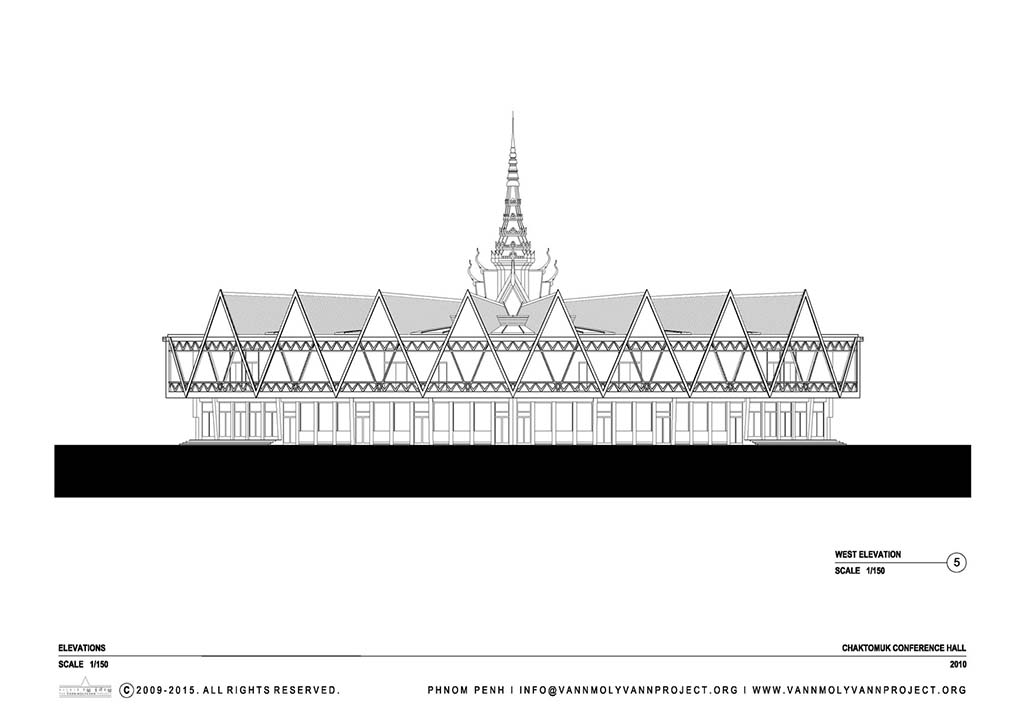Throughout Asia, architects, designers, and residents are calling for the preservation of aging modernist buildings deemed obsolete by local governments or urban planners. The situation presents a number of questions: What makes a building worth saving? What are the factors that influence the final decision? What unique challenges arise in the process of preserving a modernist building? An exploration of current news in the architectural milieu of Asia yields tentative answers to these complex questions.
The case for conservation
A building that is decades old has no doubt become a part of the city’s everyday life, however small that part may be. The passage of time has embedded the structure firmly into the social history of the place. Whether or not it has been officially declared as a landmark, it can provoke nostalgia and proprietary reactions in the people who have become accustomed to its presence as a center of civic life.
Architecture is also more than the physical structure. Modernism defined architectural design in the 20th century and reflected the progressive cultural values of the time. Modernism sought to take as few references from the past as possible, aiming for a completely new style. The simplicity of early modernism – the stark white box-like buildings, flat roofs, and lack of ornamentation – all were characteristics that provided a visual blank slate onto which succeeding generations could impose their own original visions.
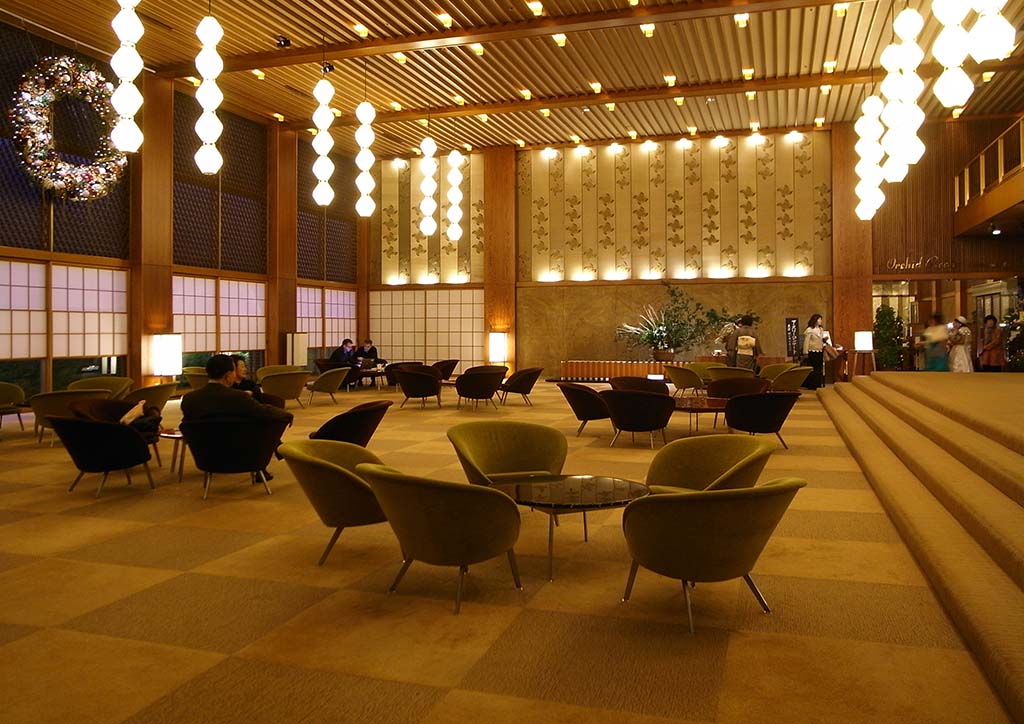
Modernist buildings in Asia
The emergence of modernism in Asia arrived well after the movement had gained mass popularity. By then, architects had had time to learn from the failures of early modernism, many of which stemmed from the prioritization of purity of design over the social continuity that could be experienced by the structures’ inhabitants. While most of the early modernist Western buildings were conceptualized to solve the problem of urban overcrowding with efficient housing – not always successfully – the majority of notable modernist Asian buildings are public spaces such as government offices and commercial buildings.
In the Philippines, the modernist style was strongly apparent in Leandro V. Locsin’s iconic buildings. Elsewhere, various landmarks across Asia interpreted modernism with each country’s distinctive style heritage and culture.
Rethinking preservation
In the attempt to preserve modernist buildings, we must understand the rationale that guided the design of these structures. Why were these buildings created? A plain sentimental nostalgia cannot justify the significant cost, energy, and space that is required to restore old buildings to a functional state. Architecture is about ideas, and ideas can also deteriorate over time. The specific principles of progressiveness that were embodied by modernist architecture have unraveled in contemporary society, and current generations are called upon to build their values anew.
Preservation can be more than the resurrection of physical structures. The demolition of a historic building has the potential to spark a reappraisal of its features and the period that it stands for. Perhaps serving as a documented symbol of modernism’s useful values is the most constructive role that our old modernist buildings can play in the future of our cities.


